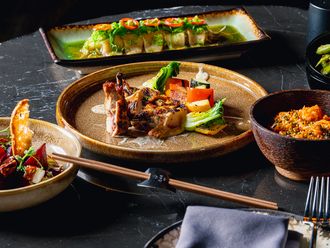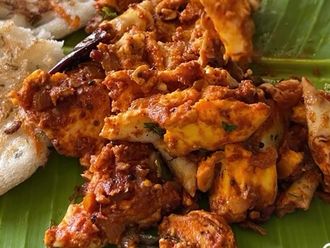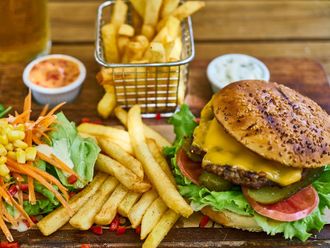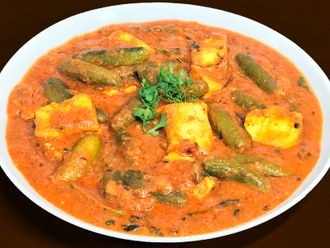
The best thing about cultivating a vegetable and herb garden ‑ no matter how small ‑ might just be the flowers. I don’t mean the flowers you planted to add decoration, or even the ones you are growing specifically because of their edibility, such as nasturtiums. I mean the bonus flowers, the ones that with a different mind-set you might not appreciate.
Conventional wisdom holds that when herbs and leafy greens bolt and go to seed and/or flower, their taste is compromised. There’s some truth to that, if you’re talking about the leaves themselves. But I love to throw, say, little white arugula blossoms onto salads for a burst of intense peppery flavour, and the same goes for the flowers of oregano, sage, basil, mint and more. Often, they taste like a milder version of the herb or green. Sometimes, as is the case with cilantro, the flowers taste more like coriander, which is cilantro seed, so it makes perfect sense. For those people who find cilantro off-puttingly soapy-tasting, the blossom (and/or the buds) could be just the ticket.
It’s rare to find recipes that call for these jewels of the garden, because they’re rarely the type of thing you’ll see in a market. But Michelle McKenzie’s new book, Dandelion & Quince, specialises in more unusual produce, so she includes some ideas for flowering plants, including a beautiful salad of honey-roasted carrots, thick yoghurt cheese and lentils, scattered with cilantro blossoms.
I knew just where to find some, and they gave the dish, already complex with Middle Eastern flavours, a fresh-from-the-garden touch.
If you don’t have the same things growing in your front or back yard that I do, pick up some cilantro leaves at the market instead. And while you’re at it, you might snag a packet of cilantro seeds and throw a few of those in a pot, too.
Caramelised Carrots With Lentils, Labneh and Flowering Cilantro (serves four)
Ingredients
1/2 cup dried black (Beluga) or brown lentils, picked over to remove any foreign matter
3/4 tsp fine sea salt, plus more as needed
Water
1 tsp red vinegar
2 tbs extra-virgin olive oil
1 1/2 pounds thin carrots (about 20 carrots), scrubbed well
1 tbs honey
1 tbs fresh lemon juice
1/8 tsp orange flower water (optional)
2 cups labneh
2 cups baby spinach leaves
Coarse sea salt, for serving
1 cup lightly packed flowering cilantro (may substitute 1/2 cup cilantro, parsley or mint leaves)
Preheat the oven to 450 degrees Fareneheit. Line two baking sheets with parchment paper.
Combine the lentils in a small saucepan with 1/4 teaspoon of the fine sea salt and enough water to cover by 1 inch. Bring to a boil over high heat, then reduce the heat to medium-low so the liquid is barely bubbling; cook until the lentils are just tender and retain a slight bite, about 20 minutes. Drain off any remaining water; stir in the vinegar and 1 tablespoon of the oil. Taste, and add more fine sea salt as needed.
Pat the carrots dry and divide them between the baking sheets. Toss each batch with another 1/4 teaspoon of sea salt, 1/2 tablespoon of honey and 1/2 tablespoon of oil. Spread the carrots in a single layer, making sure there is at least 1/2 inch between each carrot (to allow for liquid to evaporate quickly). Roast until the carrots are fork-tender, sticky and caramelised, about 25 minutes.
Combine them on one baking sheet, then gently toss them with the lemon juice and the orange flower water, if using. Cool slightly.
Spoon the labneh onto a platter (or divide it among individual plates). Top each portion with loose piles of lentils. Finish with a few alternating layers of carrots, spinach leaves, coarse sea salt and cilantro flowers, and serve.
NOTE: To make labneh, scoop four cups of whole-milk Greek yoghurt into a cheesecloth-lined strainer and set it over a bowl in the refrigerator to drain overnight. Discard the strained liquid; keep the labneh refrigerated in an airtight container. This makes more than what you’ll need for the recipe.
Nutrition | Per serving: 270 calories, 10g protein, 34g carbohydrates, 11g fat, 3g saturated fat, 5mg cholesterol, 720mg sodium, 6g dietary fibre, 21g sugar
— The Washington Post















